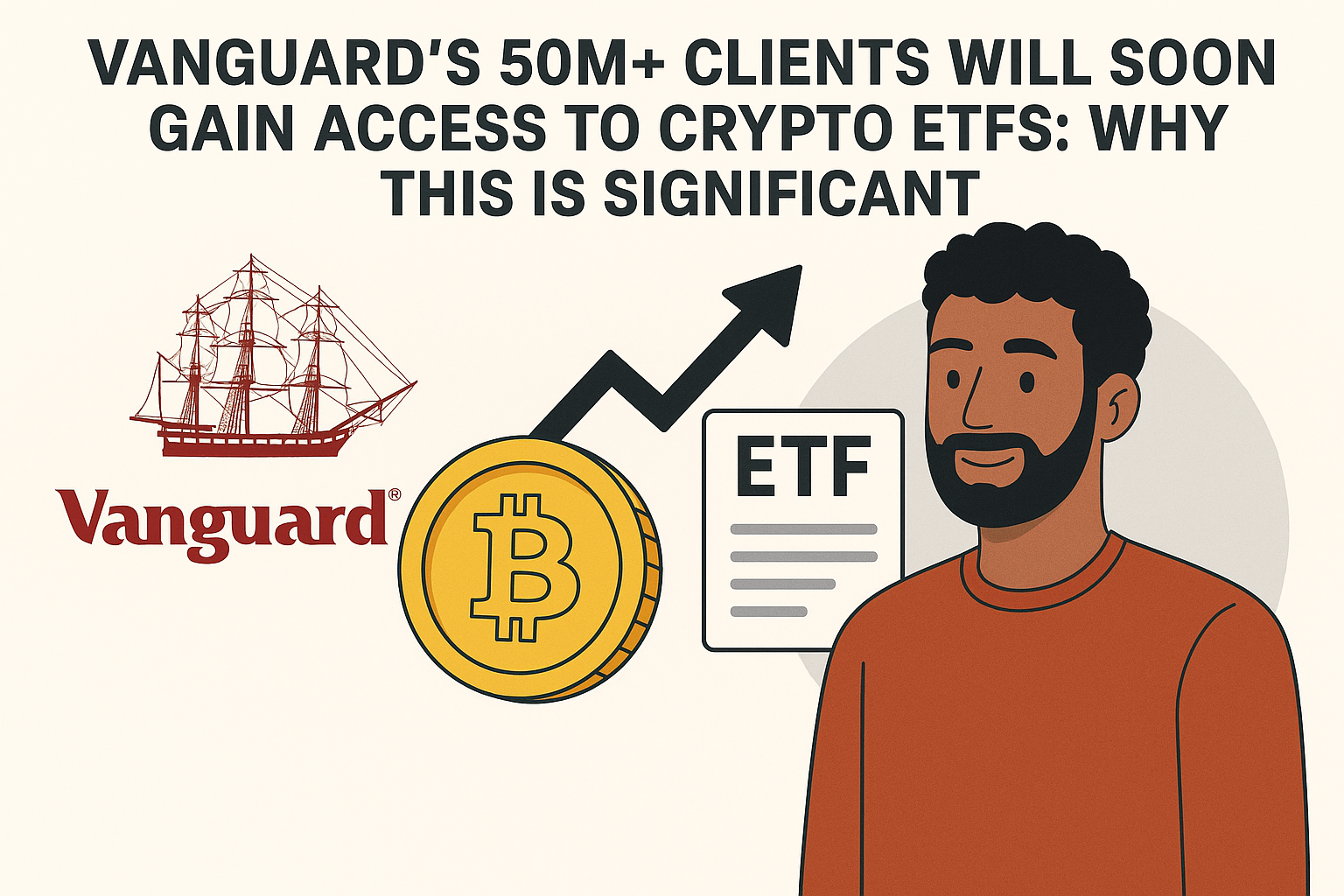Table of Contents
What is a Hodling Strategy?
The "buying and holding" strategy, often colloquially known as "Hodling," is one of the simplest and most popular approaches to investing in cryptocurrency. Originating from a typo in an online forum back in 2013, "Hodl" has become a term emblematic of a long-term investment philosophy in the crypto community. Here's a deeper look at what this strategy involves and why it might be an appealing option for many investors:
Fundamentals of Buying and Holding
Long-Term Investment Mindset:
- The core idea behind buying and holding is to invest in cryptocurrencies with the belief that their value will significantly increase over the years. Investors who adopt this strategy are generally not swayed by short-term volatility or market dips. Instead, they believe in the long-term potential of their chosen cryptocurrencies.
Selection of Cryptocurrencies:
- Success in this strategy often depends on selecting cryptocurrencies that have strong fundamentals, technological utility, and growth potential. Most hodlers invest a significant portion of their portfolio in Bitcoin due to its leading market position and historical performance. Others may include Ethereum and newer altcoins that show promise in terms of innovation and market adoption.
Simplicity and Accessibility:
- Buying and holding is straightforward: purchase the cryptocurrency and store it securely, typically in a hardware wallet or other forms of cold storage. This method requires less time and technical analysis compared to active trading strategies, making it accessible to beginners and those not able to dedicate time to daily market monitoring.
Advantages of Hodling
Reduced Impact of Volatility:
- Cryptocurrencies are notoriously volatile. Short-term price fluctuations can be dramatic, leading to panic selling or impulsive buying. By holding for the long term, investors can potentially ride out the volatility and benefit from the overall upward trend in the crypto market, as historically seen with major cryptocurrencies.
Lower Transaction Costs:
- Frequent trading incurs significant fees and taxes. In contrast, holding reduces the number of transactions and thus lowers these costs. For many, the savings on fees alone justify a long-term strategy.
Potential for Substantial Returns:
- Despite its ups and downs, the cryptocurrency market has shown a general trend upwards over the years. Long-term holders of Bitcoin and some altcoins have seen their investments grow exponentially, far outstripping traditional market returns.
Risks and Considerations
Market Risk:
- The assumption that prices will always rise over the long term is not guaranteed. The cryptocurrency market is relatively young and highly speculative. Changes in technology, regulatory environments, and broader economic factors could impact the long-term value of digital assets.
Security:
- Holding cryptocurrency requires stringent security measures to prevent theft or loss. Investors must ensure their holdings are securely stored in wallets for which they control the private keys and possibly consider additional security measures like multi-signature setups or dedicated hardware wallets.
Liquidity:
- By locking capital into cryptocurrencies for the long term, investors may miss out on other investment opportunities. Moreover, should the need arise to liquidate assets quickly, market conditions at the time may not be favorable.
Conclusion
Buying and holding is a strategy that suits investors who believe in the future of cryptocurrencies and prefer a less hands-on approach to investing. While it has the potential for significant returns, it requires patience, a strong conviction in your investment choices, and a resilient attitude toward market fluctuations. As with any investment, it's crucial to conduct thorough research and consider your financial situation and risk tolerance before committing to this strategy.








